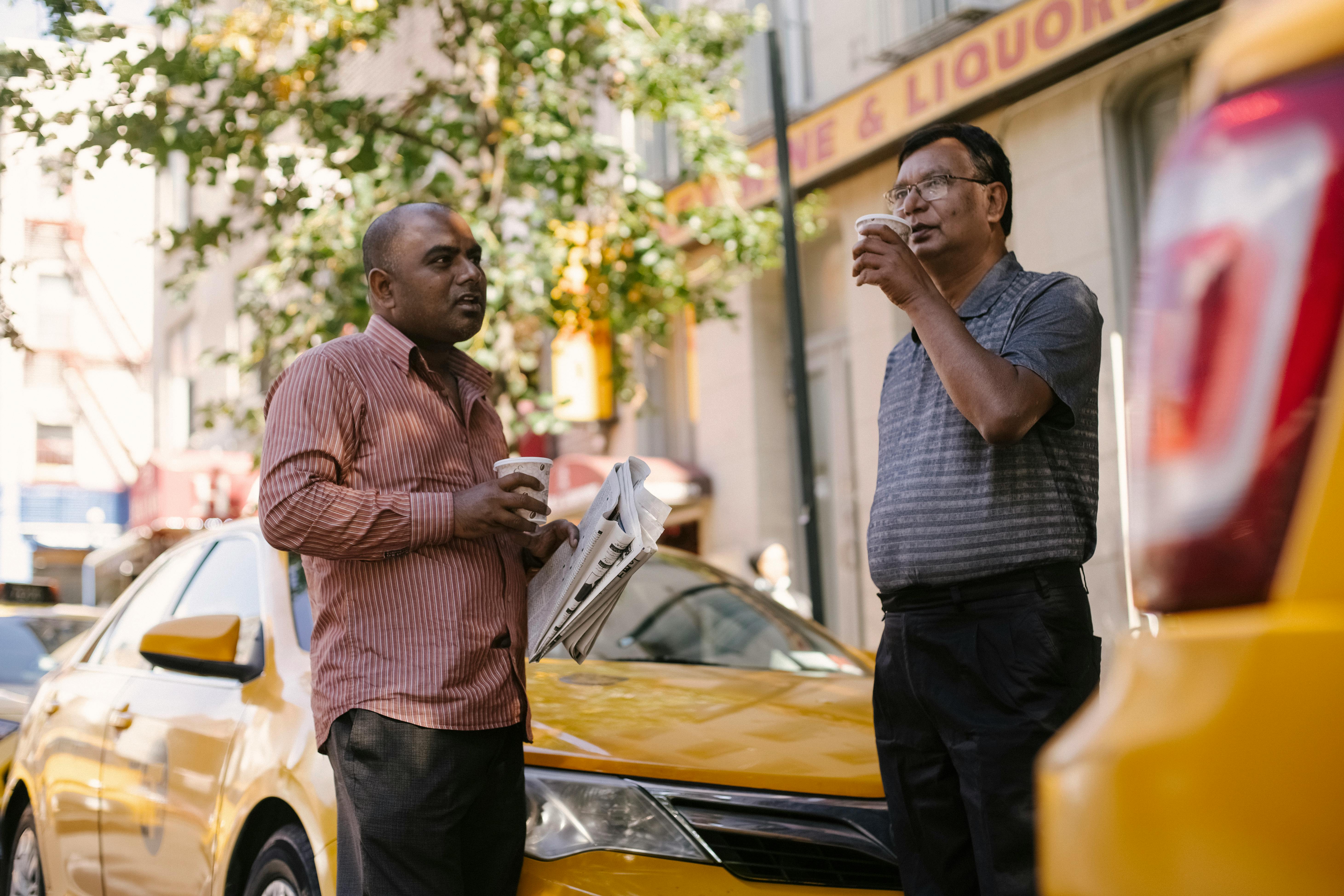
At the height of soaring gasoline prices, more and more motorists are being forced to come up with more fuel-efficient driving practices. While some begin to choose to commute or drastically resort to being pedestrian; there are some who still keep their wrinkles altering their driving techniques to get the most out of every gallon of gas. Supporters of the latter option are called “hypermilers” and their practice, which is gaining considerable momentum, is correspondingly called “hypermiling”.
If, at any time, you’ve had the experience of driving behind an excruciatingly slow car (since the driver wasn’t busy on his cell phone), chances are you were probably following a hyper-thousander. Hypermilers are drivers who go to great lengths, and often unusual, to get the most miles. Hypermiling dates back to World War II, when gasoline rationing was implemented. Even before the term was coined, Reader’s Digest, at the start of the 1970s fuel crisis, already published an article presenting many methods involved in today’s hyper-polishing techniques. Today, avid hypermilers have developed their craft and are serious about achieving optimum fuel economy.
But there is growing concern about the safety of hypermilers. Some hypermiling critics point out that some hypermiling tactics put their practitioners at high risk down the road. But some argue that all the risk is worth it compared to the monetary bonus gained from the method. This article will present a comprehensive look at hypermiling, including its effectiveness and the safety concerns of those who want to practice it.
Normal tires prone to road resistance. And a vehicle that has to glide through a lot of resistance means you use more fuel on the journey. To combat this, hypermilers inflate their tires. According to them, less rubber on the road decreases drag, allowing hypermilers to reduce fuel use. But in the eyes of other motorists, inflating your tires could result in uneven tire wear or loss of control of the vehicle.
Some hypermilers believe that a cold engine equals poor fuel efficiency.. So, in turn, hypermilers “warm up” their engines much faster by covering their car engines with cardboard. The cardboard is there to block the wind. Therefore, more heat is retained from the engine during driving. However, this practice presents a risk of overheating the motor. To counteract this, hypermilers take out the cartons when they go on long drives.
A running engine in a stationary car (such as a car at a stop sign) continues to use fuel without gaining mileage. For hypermilers, stopping at red lights or stop signs means spending a considerable amount of gasoline. Therefore, most hypermilers avoid areas with traffic lights or signs. Some even force themselves to turn off their engines when stopped at traffic lights. This last practice is frowned upon by some experts. Because while there is no use of fuel with the engine off, the motorist may find themselves under pressure to jump start the car and accelerate when the light turns green. This will result in more fuel, as the ignition also consumes some fuel, thus defeating the purpose of achieving fuel efficiency.
Some hypermilers refuse to use their brakes as much as possible. When they don’t see any other cars at an intersection, they just drive ahead despite the red light. They “slide” through stop signs. Some drive downhill, at high speeds, without running the engine. Some take corners at high speeds, hoping to “never” touch the brakes. This, however, is a very dangerous practice because it negatively affects the car’s steering and emergency braking capabilities. Hypermilers defend this tactic as “fuel efficient,” while some simply call it “irresponsible.”
There is also a hypermiling technique called “pulse and glide”. This is done by accelerating the vehicle to 40 mph (the “pulse”) and then backing off the throttle until no energy arrows appear on the energy meter (the “slip”). The latter would indicate that the vehicle is not trusting the engine or recharging the battery. When the vehicle begins to slow down to 30 mph, the entire process repeats itself again. The “pulse and slip” method is said to improve fuel economy by decreasing use of the internal combustion engine. But due to the method’s risk factors, “tap and slide” is banned in several states. It is never safe to turn off the engine while driving. This causes the power brakes and steering to inevitably fail.
A more common tactic in hypermiling is called “redaction.” It’s the same method used by NASCAR drivers on the race track. This involves closely following trucks with trailers or very heavy vehicles. Hypermilers do this in the belief that wind resistance allows the car to use more gas. Now, hypermilers say that if you drive with a large truck in front of you, rest assured that the wind resistance of the vehicle in front substantially decreases wind resistance for you. While this may seem useful, the security risk in this practice is considerably large. The hypermilener must travel dangerously close to a 16 or 18 wheeler to gain the full effect of this technique.
While it’s great to see that more and more motorists have realized the importance of saving fuel and are finding ways to do it proactively, hypermiling, with all the risks that come with it, isn’t for everyone. This method is best suited to experienced, road-savvy drivers. On the other hand, the detractors of hypermiling still affirm that, whether an expert or not, safety against the high risk of traffic accidents far exceeds fuel savings.